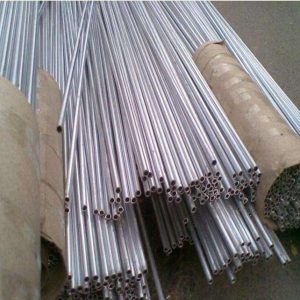Is 3003 aluminum easy to bend?
04-29-24
3003 aluminum alloy is a lightweight metal alloy widely used in many industries, and its excellent corrosion resistance, machinability and good formability make it widely used in automotive, construction, aerospace and packaging fields. In these applications, it is often necessary to bend aluminum alloy materials into various shapes to meet specific design requirements. So, is 3003 aluminum alloy easy to bend? In this paper, the material characteristics, bending process and application scenarios of 3003 aluminum alloy are analyzed and discussed.
The material characteristics of 3003 aluminum alloy
3003 aluminum belongs to Al-Mn alloy, the main alloying element is manganese, and its content is between 1.0-1.5%. In addition, it contains small amounts of elements such as silicon and iron. This alloy has good formability, corrosion resistance, weldability and medium strength. These characteristics make 3003 aluminum in building materials, vehicles, ships, instruments, decorative panels, chemical equipment and other fields have been widely used.
The bending process of 3003 aluminum alloy
In the bending process, the bending radius, bending Angle, bending speed and bending temperature of the material will affect the bending effect. For 3003 aluminum alloy, due to its good formability and ductility, it can be easily bent into various shapes under appropriate process conditions. However, it should be noted that the bending speed and bending temperature should be controlled during the bending process to avoid excessive stress and deformation, which will affect the quality and performance of the product.
The application scenario of 3003 aluminum alloy
In practical applications, 3003 aluminum alloy is often used to make a variety of parts and products that need to be bent, such as automobile body panels, building curtain walls, aerospace spacecraft and so on. These application scenarios require that aluminum alloy materials have good bendability, corrosion resistance and formability. Therefore, 3003 aluminum alloy has been widely used in these fields.
Conclusion
3003 aluminum alloy has good bendability, formability and ductility, which makes it have a wide range of application prospects in many industries. However, in practical applications, it is also necessary to select the appropriate bending process and parameters according to the specific process requirements and product performance requirements. By continuously optimizing the bending process and improving the material properties, we can further expand the application field of 3003 aluminum alloy and make greater contributions to the development of various industries.








